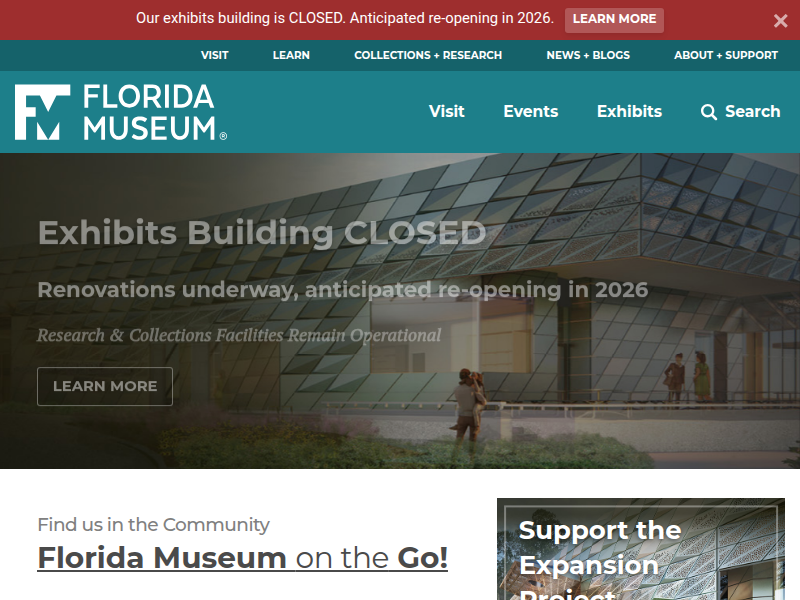Giant croclike carnivore fossils found in the Caribbean – Research News https://www.floridamuseum.ufl.edu/science/giant-croclike-carnivore-fossils-found-in-the-caribbean/
Imagine a crocodile built like a greyhound — that’s a sebecid. Standing tall, with some species reaching 20 feet in length, they dominated South American landscapes after the extinction of dinosaurs until about 11 million years ago. Or at least, that’s what paleontologists thought, until they began
the tip of the iceberg.� Jorge Vélez-Juarbe of the Natural History Museum of Los

